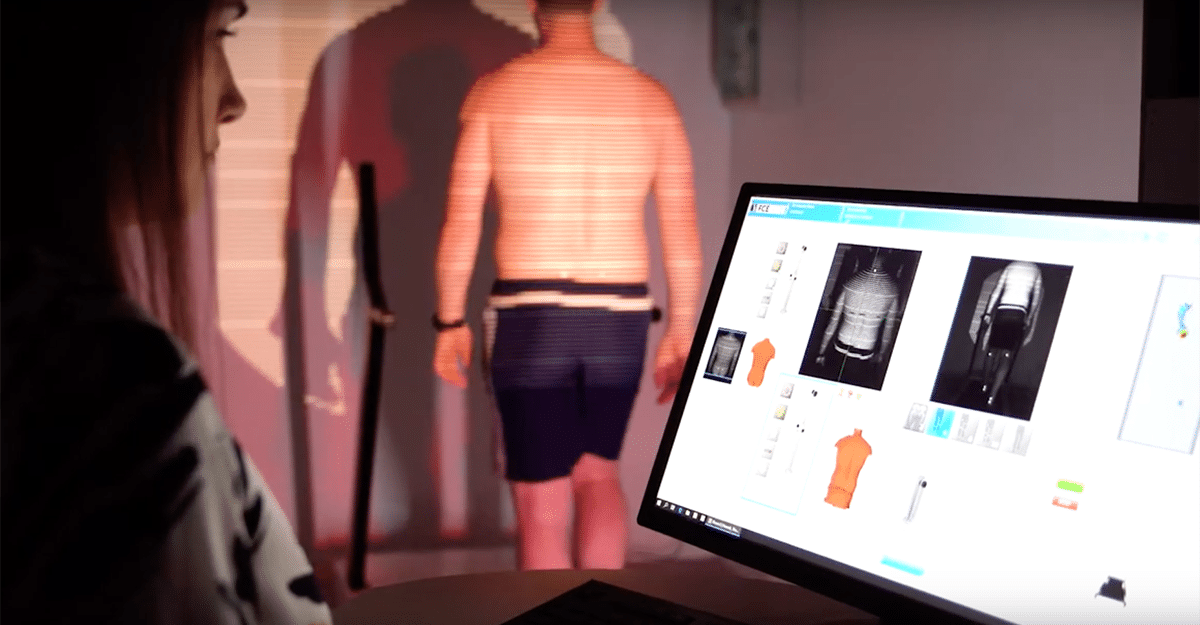FCE Scan employs radiation-free technology and focuses on two main areas:
- Static Scans: These scans assess the patient’s posture, spinal alignment (including any scoliosis), and weight distribution. Imbalances or asymmetries are noted.
- Dynamic Scans (4D): During these scans, the patient engages in various movements. This allows for analysis of the real-time function of the spine, pelvis, hips, knees, and feet. Areas of restricted motion, misalignment, or compensatory mechanisms may be revealed.

Traditional imaging techniques, such as MRI and X-ray, remain essential for identifying internal structural abnormalities like herniated discs, fractures, or severe osteoarthritis. However, their use in assessing subtle movement-related contributors to pain is limited. FCE Scan provides this data, focusing on how the body moves and identifying areas where inefficient patterns may be exacerbating the patient’s pain experience.
A primary benefit of FCE Scan is its ability to inform individualised rehabilitation programs. By identifying specific movement-related issues, treatment plans can be tailored to:
- Retrain Movement Patterns: Therapists guide patients to learn new, less stressful ways of moving, thereby potentially decreasing strain on the back.
- Target Specific Weaknesses: Exercises are prescribed to improve strength, flexibility, and stability in areas identified as deficient during the FCE Scan, optimising support for the spine.
- Enhance Long-Term Function: Addressing underlying movement dysfunctions may reduce the risk of pain recurrence and improve overall mobility.

FCE Scan may be considered for patients who:
- Experience persistent back pain despite trying various treatment approaches.
- Seek a more comprehensive understanding of the movement-related factors contributing to their condition.
- Are willing to commit to a rehabilitation program focused on improving movement efficiency.

